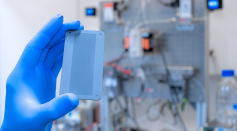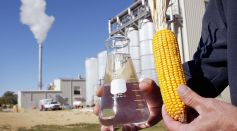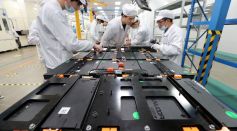TECH & INNOVATION

Elon Musk's Neuralink Facing Federal Investigation for Potential Animal-Welfare Violations Amid Internal Staff Complaints

Asteroid Launcher: The Interactive Simulator That Lets Users See What Could Happen If A Space Rock Hit Their Town

Iranian-Made Russian War Drones: Will It Survive in Ukraine Winter?

Newly Developed Cutting-Edge Walking Robot May Revolutionize Future Space Missions
$300,000 Flying Car That Flies Like an eVTOL, Drives Like an Automobile Could Become Available to the Public by 2025
The Dispute Faced By Elon Musk's Neuralink and Its Experiments

Google Shuts Down AI-Powered Duplex on Web After ‘Fixing’ Passwords

Elon Musk's Neuralink Shares Video of Monkey Telepathically Typing: Is This Technology Ready To Be Tested in Humans?

Smartphone Sensors Could Accurately Foresee Users' Five-Year Mortality Risk

Greenhouse Gasses Such as CO2 Could Transform Into Production of Raw Material Using Nanodiamonds

Air Pollution Can Now Make Fuel, Plastic, Dresses Through Alcohol's Help [Study]

Lithium-Ion Batteries Burn More Than 700 Bin Lorries, Recycling Centers; Here’s Why!
After Teaching AI Chatbot Based on Childhood Diaries, Woman Talks to "Inner Child" Bot

Plant Cell’s Nanobodies Can Now Block Certain Pathogens [Study]
Most Popular

Hellfire Missile Video Reveals MQ-9 Reapers Being Used for Aerial Combat

Is the iPhone Air Eco-Friendly? Environmental Trade-Offs Explained

FDA Approves New Hypertension Notification Feature With Apple's WatchOS 26

Tesla Cybertruck Crashes Anti-ICE Protests in LA, Becomes Unlikely Symbol of Trump Controversy





